Organ Renewal Project
The Leeds Town Hall organ is one of the finest and largest instruments of its kind in Europe. Measuring 50 metres high by 12 metres wide and weighing 40 tonnes, it has been a key part of the story of music making in the city, dominating the Victoria Hall musically and visually through countless performances, providing pleasure to hundreds of thousands of people since Leeds Town Hall opened in 1858. In current times, every Monday, between September and April, an audience of 200-400 regularly attend free organ recitals given by leading organists from this country and abroad. It is an integral part of Leeds International Concert Season and features each year in Leeds International Film Festival.
This magnificent instrument was originally built by Gray and Davison of London to William Spark and Henry Smart’s ambitious design of nearly 100 stops with many technical innovations. The organ was first played publicly when the building was opened in 1858 by Queen Victoria but the instrument was not completely finished until the following year.
The Leeds Town Hall organ has undergone a series of rebuilds and alterations, the last being in 1972, since when it has been a highly successful recital and orchestral instrument. Although the organ has been a very popular instrument nearly 50 years of heavy use combined with recent environmental factors have all had a damaging impact. In addition, the 1972 project renovated certain aspects of the instrument when, ideally they should have been renewed. As a consequence these components are now reaching the end of their life.
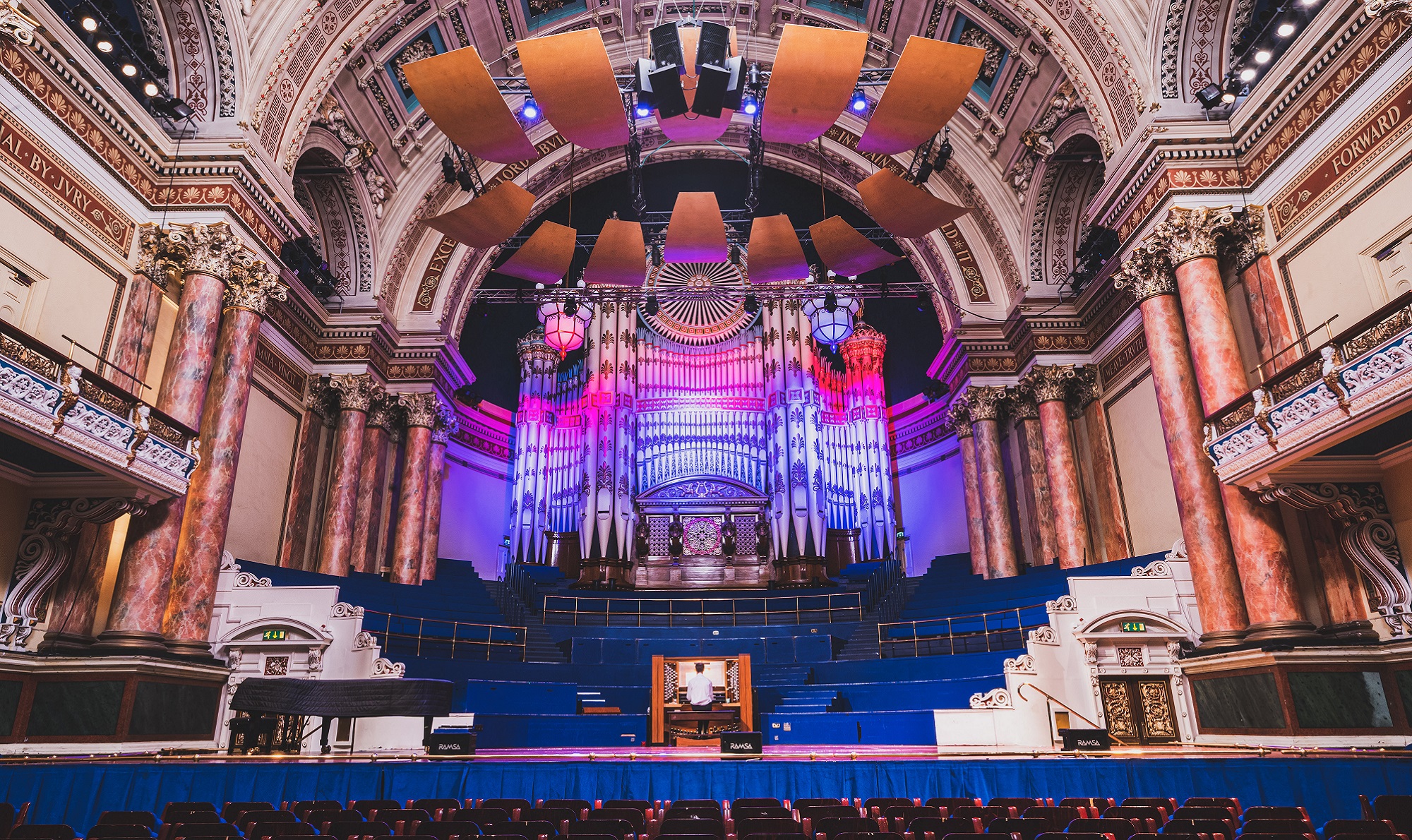
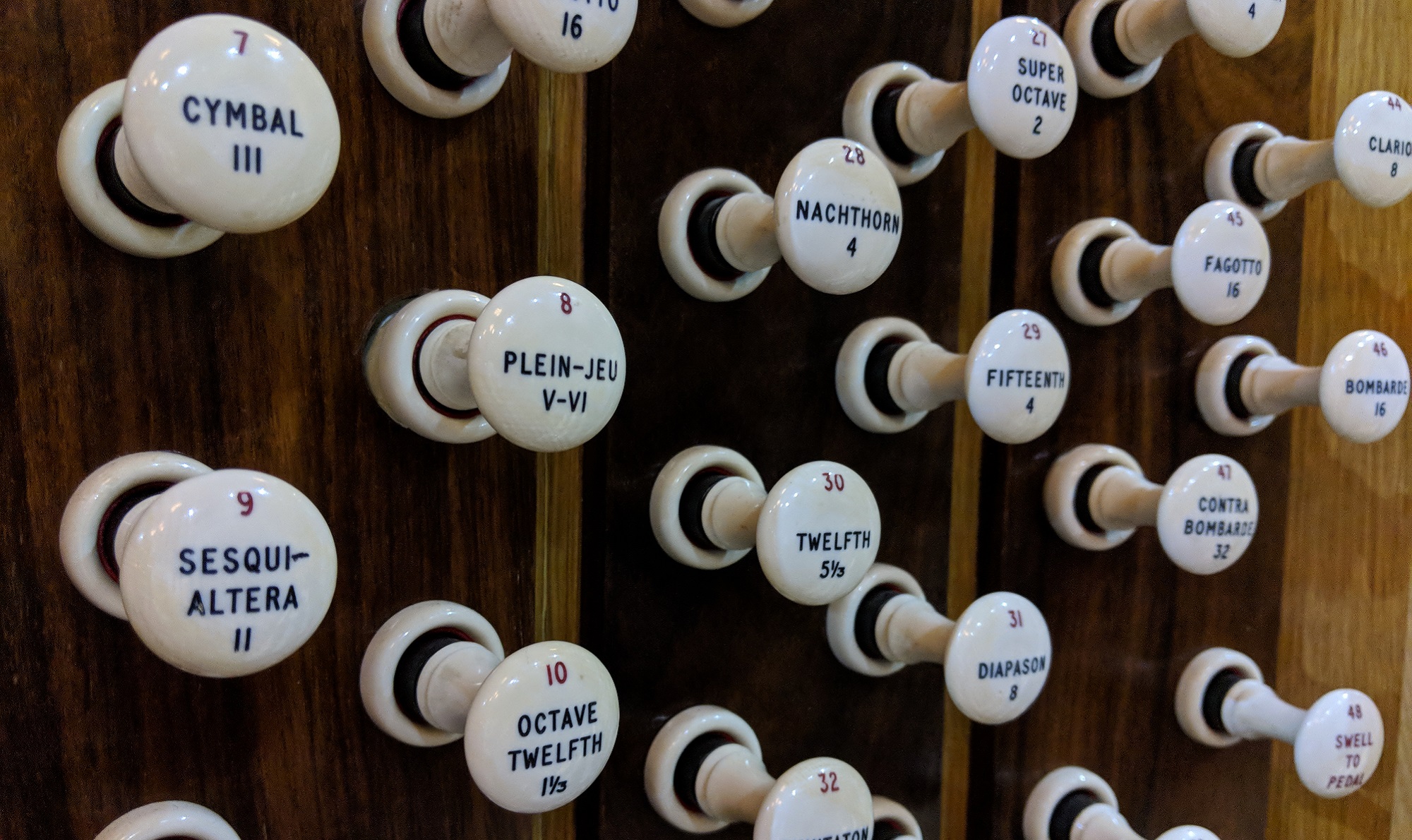
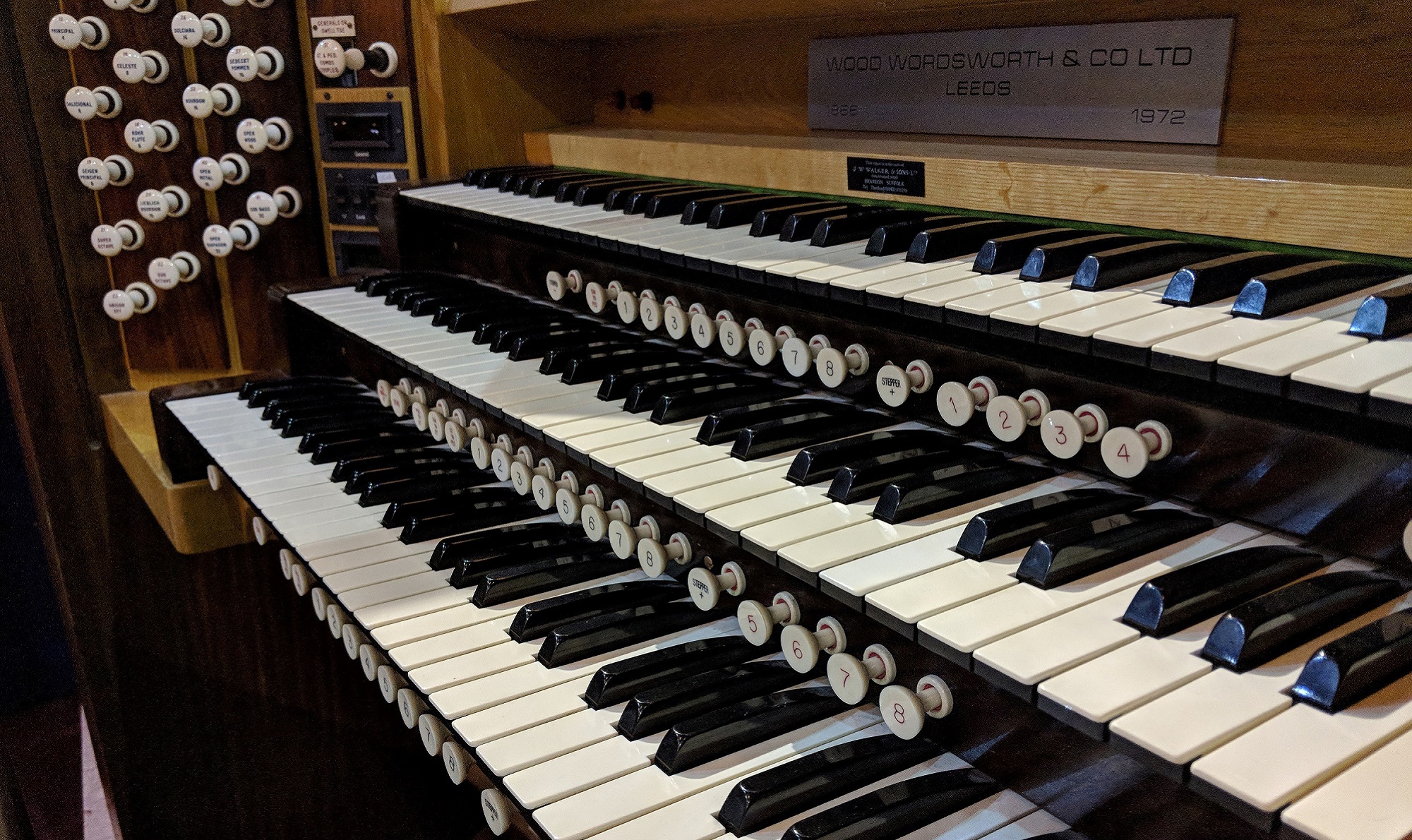
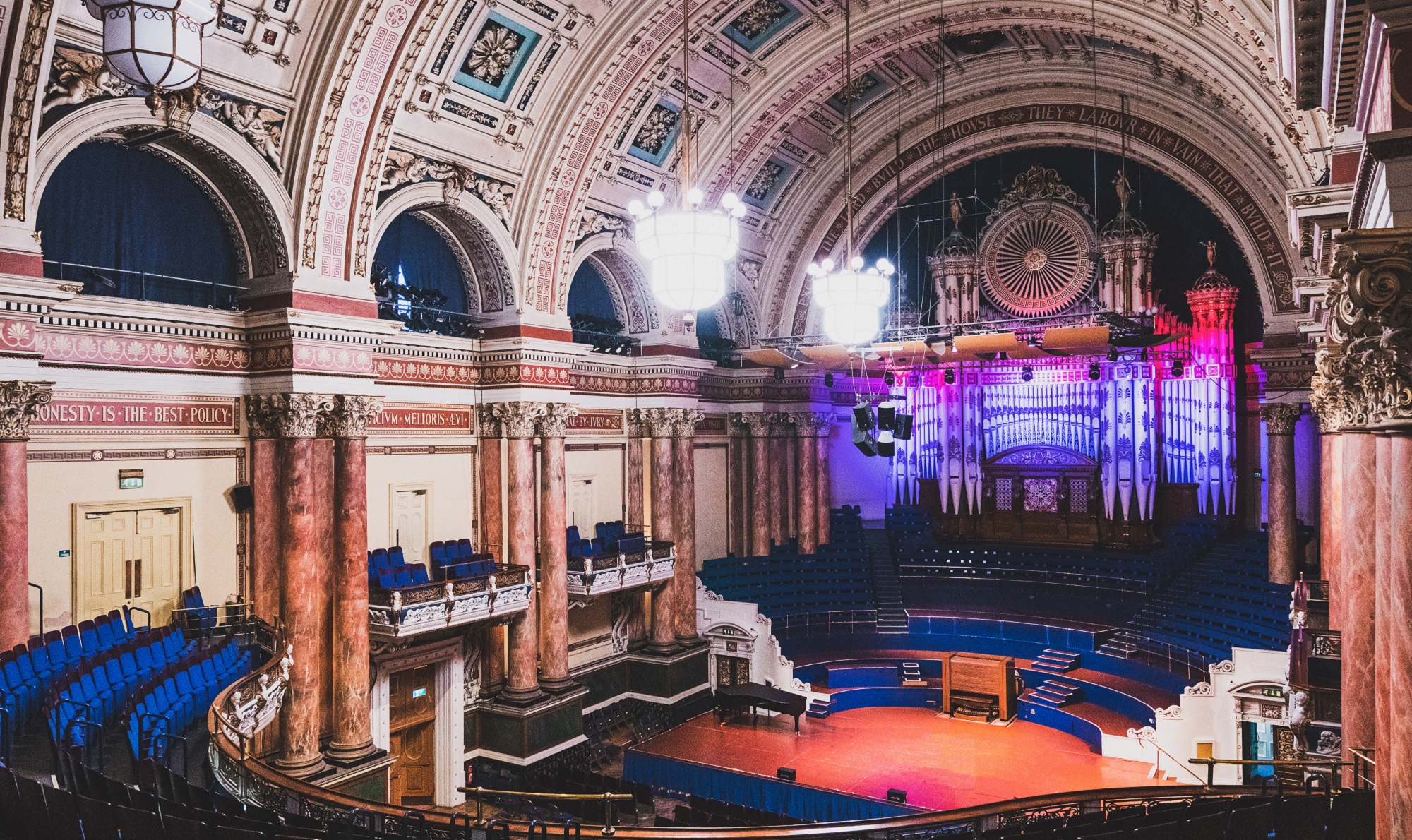
FAQs
The organ was installed in 1856 when the hall was opened, and completely rebuilt in the 1890s – after that it was left alone until it stopped working in the 1960s through lack of maintenance. It was fully restored and rebuilt in 1972 but not everything was replaced, and the Victorian materials haven’t stood up well to a modern heating system. Some of the material from the 1970s also hasn’t worn well, and the technological components from then have become completely obsolete. Because the organ has been patched up over the years, maintenance and access have become very difficult.
The organ contains over 6,000 pipes which all need to be individually controlled, supplied with wind at the correct pressure, and respond instantly to the player. That’s a huge amount of very sophisticated technology, and there’s also the framework and materials which hold the enormous weight of it all. Rather than do another patching up job, which would keep many of the existing problems, it’s been decided to retain just over half of the existing pipes but make everything else completely new, including the console.
When the organ was first built it was one of the largest and most ambitious in the world – this renewal will result in one of the largest and most comprehensive concert organs in the county, reflecting the vision of the original builders.
Yes. In the 1970s the sound of the organ was changed considerably – it was made smaller and many of the rich colours of the Victorian instrument were lost, in favour of a cleaner and brighter sound. We want to retain that clarity and brilliance but restore what was lost, giving us a modern and versatile concert instrument that will have a huge range of colours and dynamics.
The Leeds Town Hall organ is already one of the most heavily used in the country. It’s heard every week at the Monday lunchtime recitals, where anyone can come and hear leading players from the UK and abroad free of charge. It’s also used in the orchestral concert series, as well as with visiting choirs, brass bands, and occasionally for silent films in the Leeds International Film Festival. The new organ will also be used to encourage and inspire a new generation of players, through our joint projects with the Leeds Organ School, the Royal College of Organists, and Education Leeds.
There’s very little of the original 1850s pipework left, and there aren’t enough unaltered examples of similar instruments for us to be sure exactly what it was like. Even if it were possible, it would not have the versatility that we need for the repertoire that’s played on it, and it would probably not be adequate to play with modern symphony orchestras and brass bands.
With regular maintenance, it should be another 50-100 years before another major rebuild is necessary.
The money is a commercial loan that the Council has taken out to finance the work so as to guarantee that the work could be undertaken whilst the wider scheme to refurbish Leeds Town Hall is underway. These are not council funds and so will have to be paid back from funds raised through the various fundraising schemes. If we don’t raise the money, the repayments will have to come out of the general concerts and music budgets, so the provision of concerts in Leeds would be adversely affected.
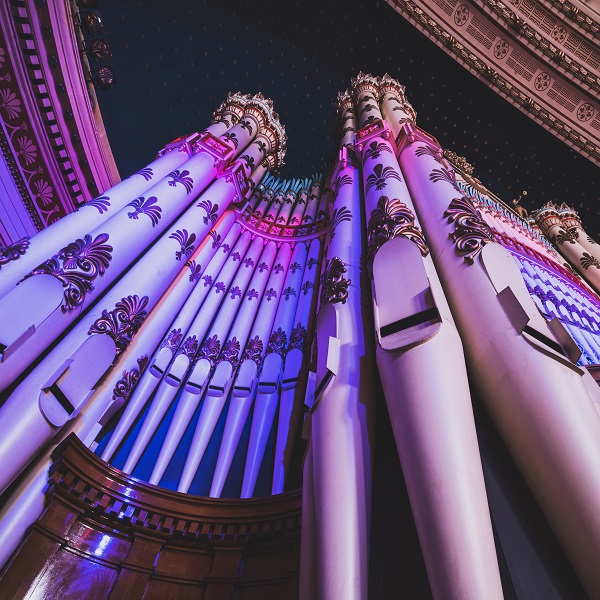
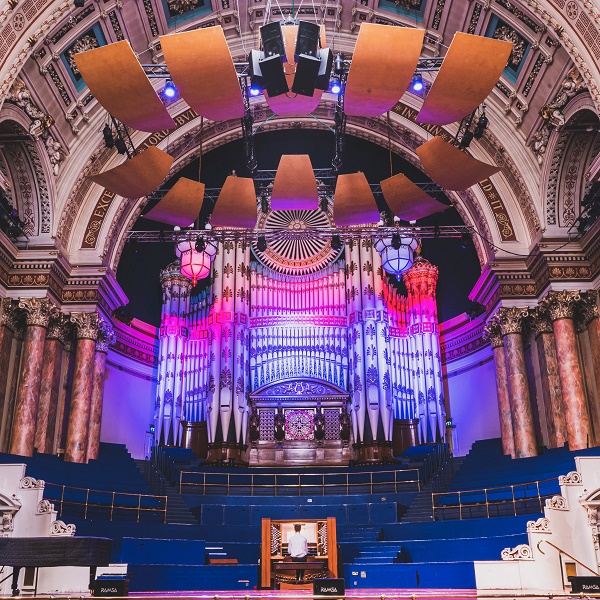
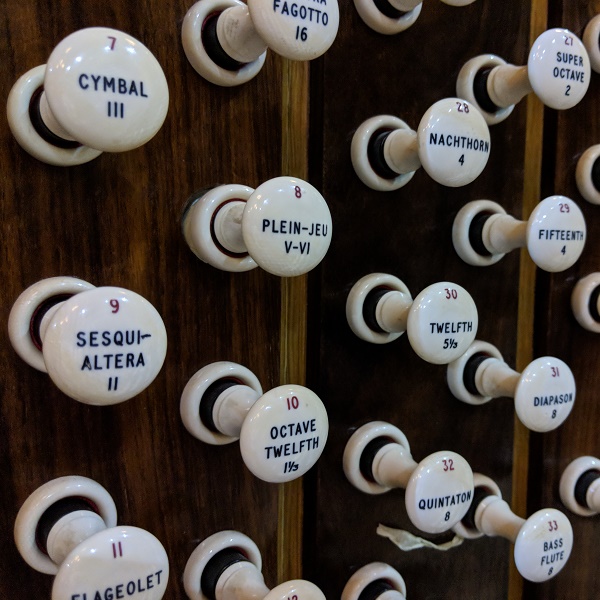
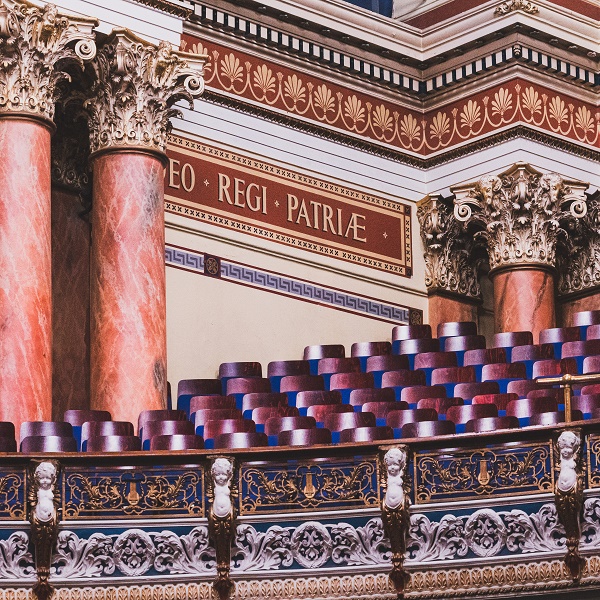
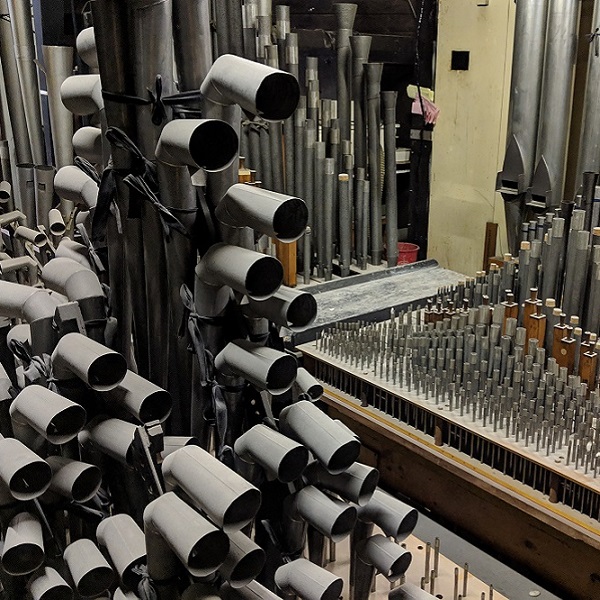
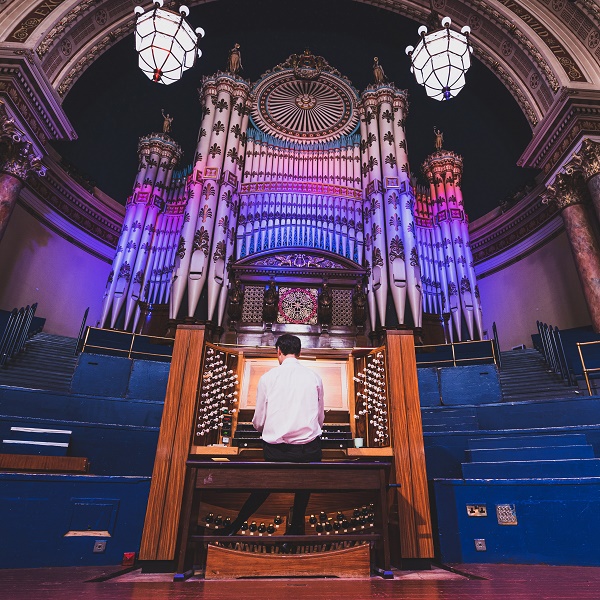
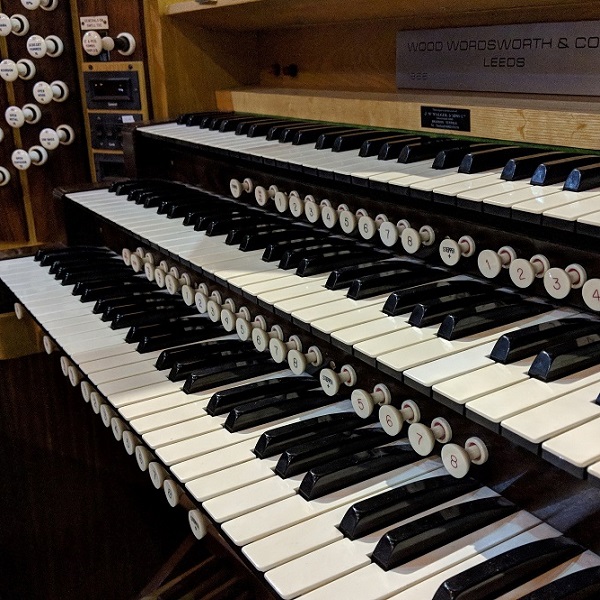
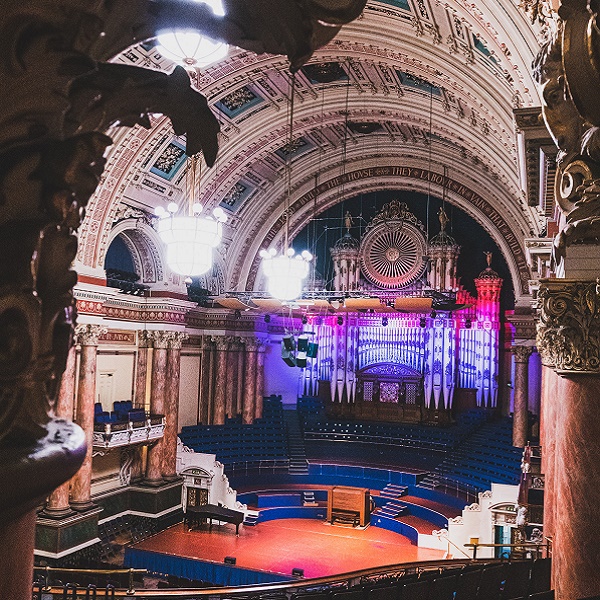

Leeds Town Hall
The Headrow
Leeds
LS1 3AD
Quick Links
Privacy Notice
Accessibility Statement
Registered Charity No: 1194412
Photos © Natalia Maciejuk
